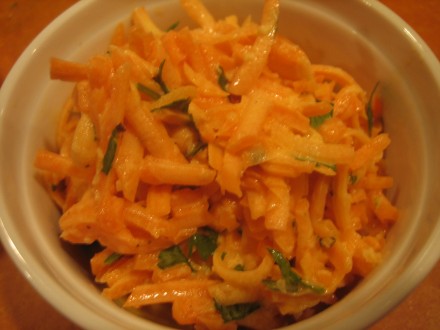
Do you sometimes forget how good vegetables can taste? I forget about all the variations on vegetables. I need a little memory jog now and then to remind myself that there’s more than one way to make cauliflower. Or broccoli. Or zucchini. Or. Or. Or. It could go on and on.
And surely I forget about using carrots – in a raw form, other than eating out of hand. So I was reading Fresh Catering (a blog I read regularly) and Rachael had made this carrot-ginger slaw. Well, my eyes and nose perked up and I immediately printed out the recipe. I had everything on hand except the fresh ginger. But I had some in a bottle, which I’m sure wasn’t AS good, but this salad was so refreshing (next time I really will have the fresh ginger). I have Italian parsley in my garden, but I had an abundance of cilantro in my refrigerator, so I used cilantro instead. DH loved it. So did I. And it took a maximum of about 7 minutes to make it. Literally. That part I liked a lot. And it was better than having another – yet another – green salad. Don’t get me wrong, I love green salads. Really I do. But there’s a tedium about making green salad. And I like homemade dressing too, which adds to the hassle.
When my daughter, Dana, was a little tyke, she first learned how to bake cookies. That’s probably universal in this day and age. Children and cookies just go together like peas in a pod. Or puppies and little boys. Once she got a bit older I began teaching her about knife skills. Probably when she turned 8 or so, and I thought she was mature enough to hold and wield a dull knife.
Initially, she was thrilled with her new-found skills and independence. She liked helping in the kitchen, and was very proud of her accomplishments. But the interest began to wane in the years to follow. I was a working mom, had to get dinner on the table in fast order, so setting the table and making a salad was what helped me the most. She wasn’t old enough or tall enough really to master a spatula and frying pan at the hot stove, or many other things with hot pots and pans, so the salad making was the best choice. As she got older still she began to dislike making a salad unless it was just chopped lettuce. I like lots of vegetables in my salads. Back then it was mostly carrots, celery, green onions, tomatoes and peppers. Now I add lots of other things like fennel, Feta crumbles, sugar snap peas, nuts, even. But she didn’t enjoy the chopping and cutting anymore, probably because it was so repetitive.
Here’s the salad maker now, a picture taken when we were at Dana and Todd’s house over Christmas – she’s 39 now. When I was 39, she was 13, going on 30. But that’s another story. Now she makes salads all the time for her family. And mostly they’re just lettuce. Her kids don’t much like eating raw vegies. They look at salad as merely a vehicle for consuming ranch dressing. But Dana thoroughly enjoys all the homemade dressings. When we talked on the phone the other day she was busily making her favorite of my dressings, the VIP Salad Dressing, which I posted last year. It may have been my very first posting on this-here blog. Or one of the first. And that dressing is still one of my very favorites too.
Last summer Dana’s two children were here to visit for awhile, and the 10-year old, Taylor, was anxious to help me in the kitchen, so I taught her how to make salad. How about that. What goes around, comes around. Dana was a bit in shock when I told her I’d taught Taylor how to use a sharp knife. She did just fine, sweetie! Mom knows all. That’s a bit of an inside family joke if you didn’t get it. Dana reads my blog every day, so am certain I’ll be hearing from her about that! Anyway, I just listened to someone on the radio the other day, that most children, when they reach about 7 or 8, are old enough to learn how to use a knife in the kitchen.So, I’ve rambled on far too long here. Telling family stories. Suffice that this not-green-salad is a good one, a keeper, but probably not one for children to make unless an adult grates the carrots and ginger. Other than that, children could likely do all the rest. If it’s a kid-making deal, maybe start them out with green salad and teach them some knife skills.
printer-friendly PDF
Carrot Ginger Slaw
Recipe: Fresh Approach blog
Servings: 6
6 whole carrots — peeled
1 cup chopped parsley
2 teaspoons vegetable oil
3 tablespoons seasoned rice wine vinegar
1/8 teaspoon ground Szechuan peppercorns
3 tablespoons fresh ginger — grated – use a Microplane
1/4 cup mayonnaise
1 teaspoon sesame oil
Sesame seeds and more parsley for garnish
1. Using the large holes on your box grater (or the shredder disc on a food processor), shred the peeled carrots.
2. Toss that with the parsley.
3. In another bowl, combine the oil, vinegar, Szechuan pepper, ginger (and the juice), mayo and sesame oil. Taste and adjust to your taste.
4. Stir that into the carrots, let rest for a few moments, garnish and serve.
Per Serving: 135 Calories; 10g Fat (64.9% calories from fat); 1g Protein; 11g Carbohydrate; 3g Dietary Fiber; 3mg Cholesterol; 345mg Sodium.
Printer-friendly recipe, click HERE.






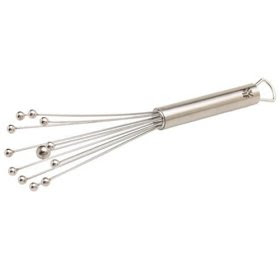
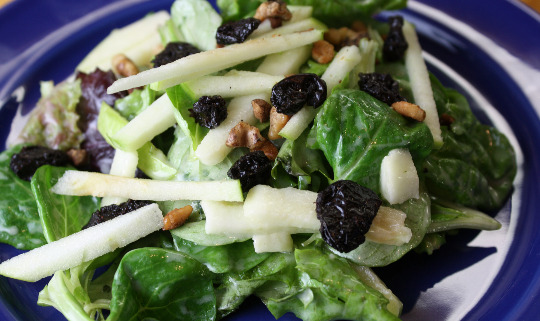
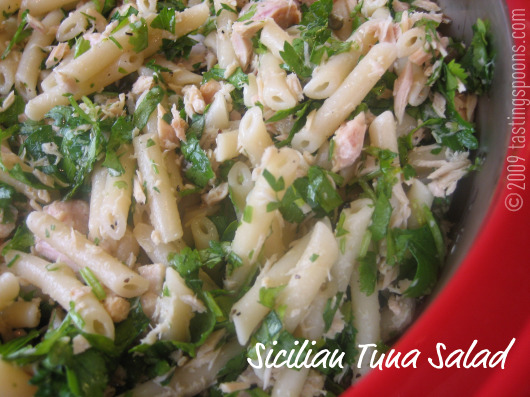
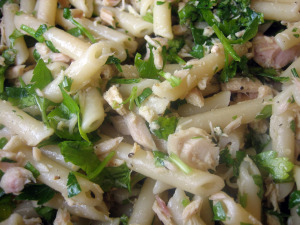 Sicily abounds with lemons. There are lemons on trees obviously, lemons in the market, lemons in art, lemons in ceramics, lemons even in the ancient carvings. If you buy dinnerware, often it will contain pictures of lemons. The early people obviously found every possible way to utilize the citrus. Sicilians use lemon juice in lieu of vinegar, so it’s found in every avenue of their cuisine. And how could I forget Limoncello? Oh, so good is that liqueur.
Sicily abounds with lemons. There are lemons on trees obviously, lemons in the market, lemons in art, lemons in ceramics, lemons even in the ancient carvings. If you buy dinnerware, often it will contain pictures of lemons. The early people obviously found every possible way to utilize the citrus. Sicilians use lemon juice in lieu of vinegar, so it’s found in every avenue of their cuisine. And how could I forget Limoncello? Oh, so good is that liqueur.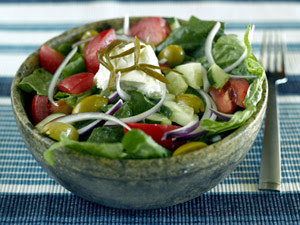
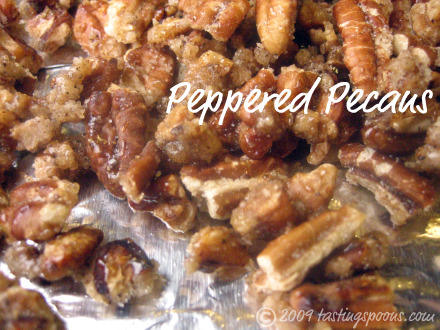
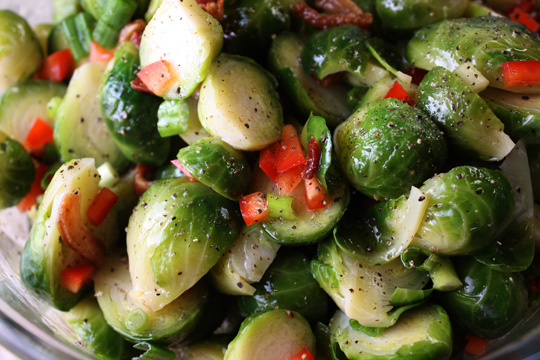
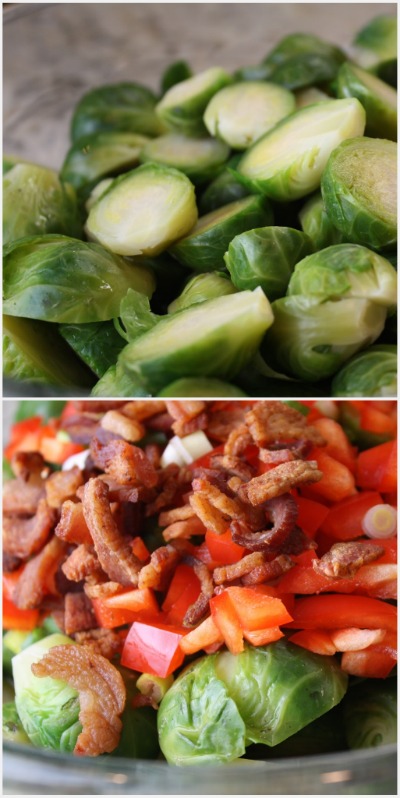
Leave a Comment!